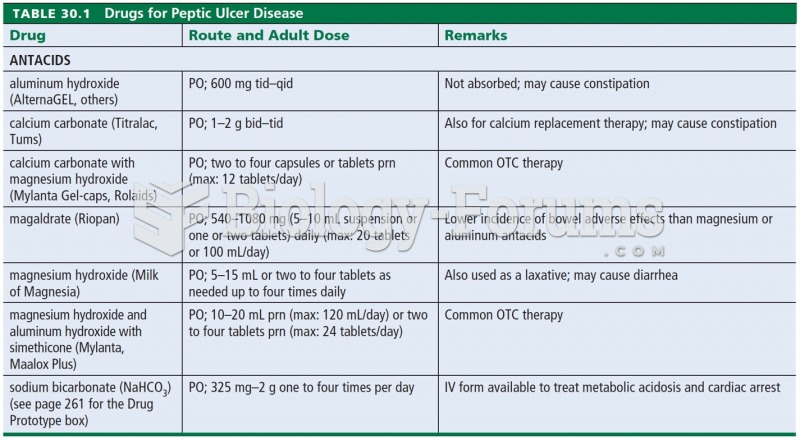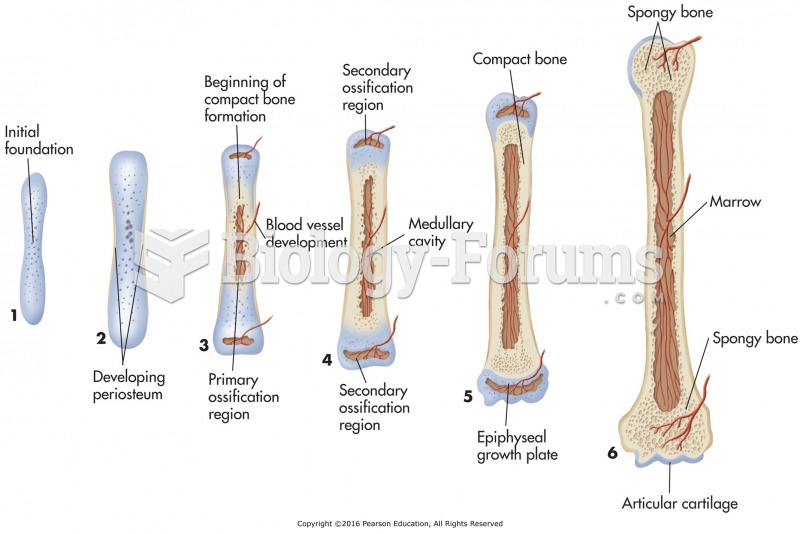Answer to Question 1
Correct Answer: 4
Rationale 1: Leukemia and lymphoma are cancers not caused by prednisone therapy.
Rationale 2: Leukemia and lymphoma are cancers not caused by prednisone therapy.
Rationale 3: Systemic inflammatory response syndrome (SIRS) is an inflammatory response that occurs in response to a specific bacterial threat to the system, manifesting with increased temperature, respirations, heart rate, and WBC count.
Rationale 4: Long-term therapy can result in Cushing's syndrome, a condition that includes elevated blood glucose, fat redistribution to the shoulders and face, muscle weakness, bruising, and bones that easily fracture.
Global Rationale: Long-term therapy can result in Cushing's syndrome, a condition that includes elevated blood glucose, fat redistribution to the shoulders and face, muscle weakness, bruising, and bones that easily fracture. Leukemia and lymphoma are cancers not caused by prednisone therapy. Systemic inflammatory response syndrome (SIRS) is an inflammatory response that occurs in response to a specific bacterial threat to the system, manifesting with increased temperature, respirations, heart rate, and WBC count.
Answer to Question 2
Correct Answer: 1
Rationale 1: The innate defenses are called nonspecific because they are unable to distinguish one type of threat from another; the response or protection is the same regardless of the pathogen. These defenses include physical barriers, such as the skin and the lining of the respiratory and gastrointestinal tracts, which are potential entry points for pathogens.
Rationale 2: This is an example of an adaptive body defense.
Rationale 3: This is an example of an adaptive body defense.
Rationale 4: This is an example of an adaptive body defense.
Global Rationale: The innate defenses are called nonspecific because they are unable to distinguish one type of threat from another; the response or protection is the same regardless of the pathogen. These defenses include physical barriers, such as the skin and the lining of the respiratory and gastrointestinal tracts, which are potential entry points for pathogens. The other choices are examples of adaptive body defenses.







